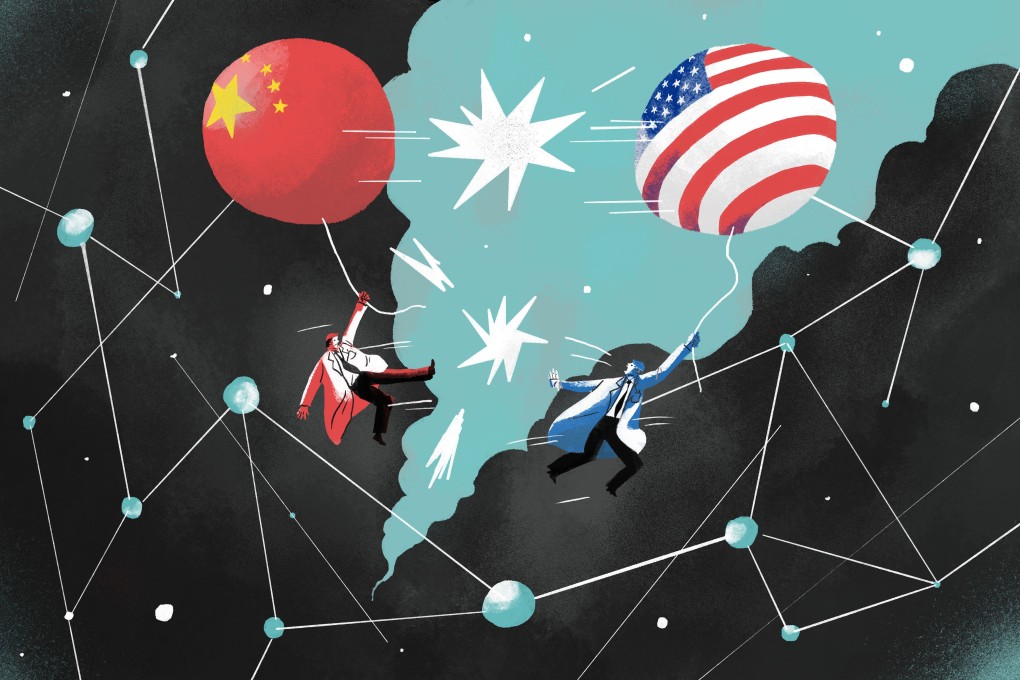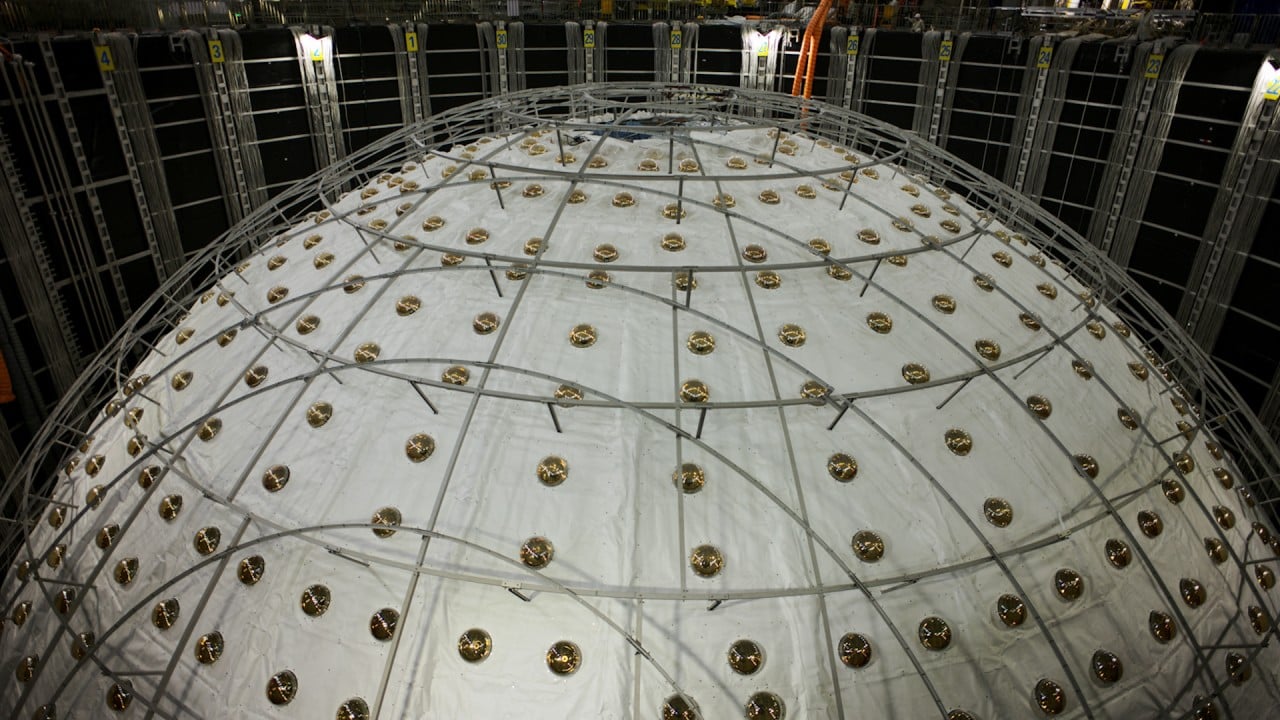Kam-Biu Luk’s neutrino find a reminder of what’s possible when giants US and China unite
Hong Kong-born physicist recalls honeymoon era of collaboration and ‘stroke of luck’ that launched Daya Bay Reactor Neutrino Experiment

In the silent dance of the cosmos, trillions of ghostly particles stream through our bodies every second – unseen, unfelt, yet holding secrets to the universe’s deepest mysteries. Among them are neutrinos, the universe’s most elusive shape-shifters.
These subatomic particles once served as an unlikely bridge between global rivals China and the United States. Two decades ago, in a rare alignment of scientific ambition and geopolitical harmony, the two nations joined forces to chase a quantum enigma in the Daya Bay Reactor Neutrino Experiment.
The project, based in south China’s Guangdong province, aimed to better understand neutrinos and a process called neutrino oscillation, in which neutrinos switch from type to type. Understanding this can help us learn about the creation of the universe, how matter evolved and, ultimately, how humans came to be.
The experiment, led by China- and US-based scientists, resulted in the discovery of a new kind of neutrino oscillation that not only rewrote physics textbooks but also marked a golden era of international collaboration that is fading from memory.
As political storms now cloud joint research efforts, Daya Bay stands as a poignant relic of what science can achieve when giants unite – and a sobering reminder of the cost when they drift apart.
